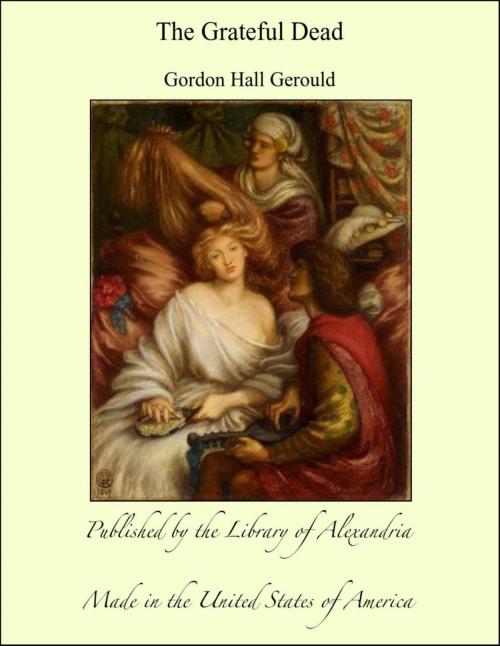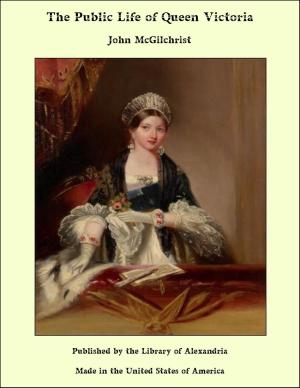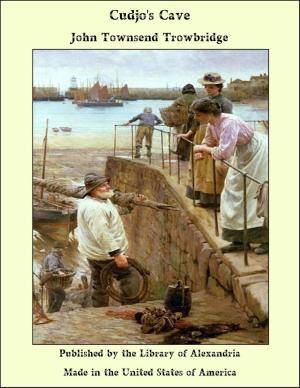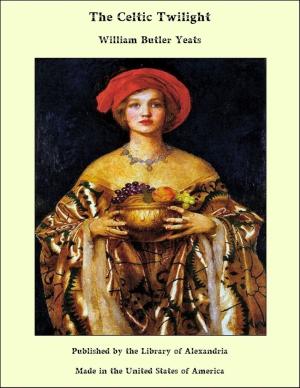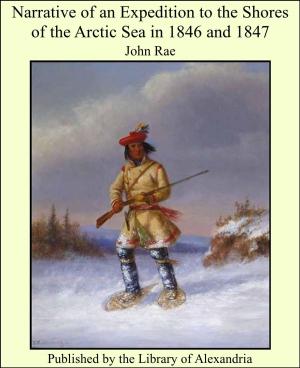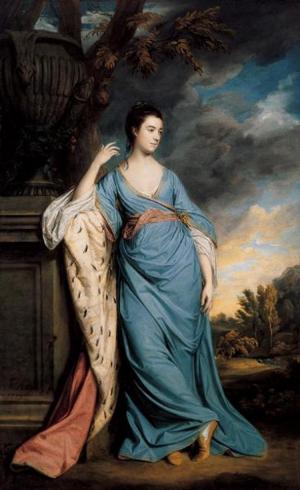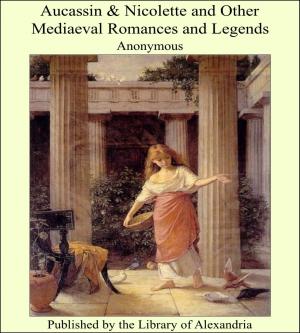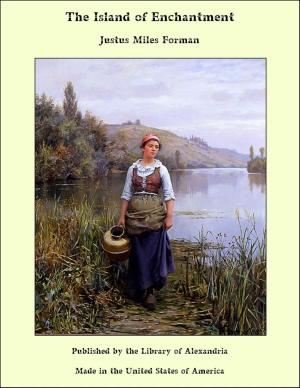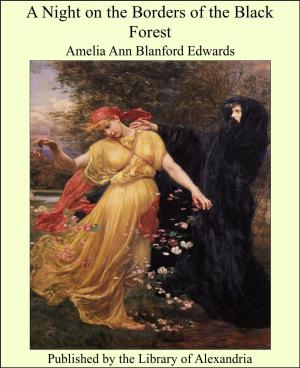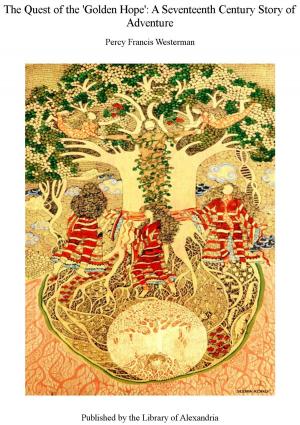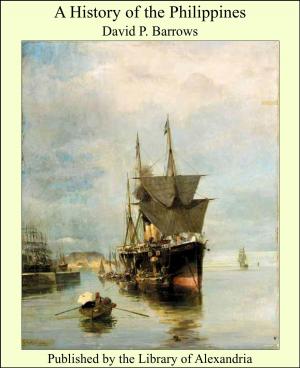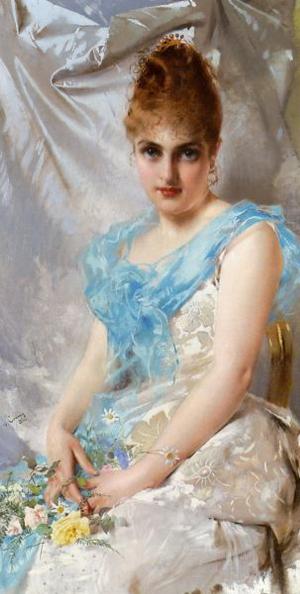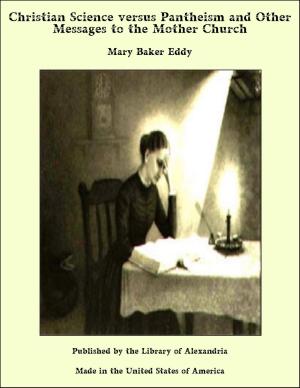| Author: | Gordon Hall Gerould | ISBN: | 9781465577764 |
| Publisher: | Library of Alexandria | Publication: | March 8, 2015 |
| Imprint: | Language: | English |
| Author: | Gordon Hall Gerould |
| ISBN: | 9781465577764 |
| Publisher: | Library of Alexandria |
| Publication: | March 8, 2015 |
| Imprint: | |
| Language: | English |
THE combination of narrative themes is so frequent a phenomenon in folk and formal literature that one almost forgets to wonder at it. Yet in point of fact the reason for it and the means by which it is accomplished are mysteries past our present comprehension. If we could learn how and where popular tales unite, if we could formulate any general principle of union or severance, we should be well on the way to an understanding of the riddle which has hitherto baffled all students of narrative, namely, the diffusion of stories. We have theories enough; our immediate need is for more studies of individual themes, careful and, if it must be, elaborate discussions of many well-known cycles. Happily, these are accumulating and give promise of much useful knowledge at no distant day.
THE combination of narrative themes is so frequent a phenomenon in folk and formal literature that one almost forgets to wonder at it. Yet in point of fact the reason for it and the means by which it is accomplished are mysteries past our present comprehension. If we could learn how and where popular tales unite, if we could formulate any general principle of union or severance, we should be well on the way to an understanding of the riddle which has hitherto baffled all students of narrative, namely, the diffusion of stories. We have theories enough; our immediate need is for more studies of individual themes, careful and, if it must be, elaborate discussions of many well-known cycles. Happily, these are accumulating and give promise of much useful knowledge at no distant day.
